This project was a fairly straight forward insulation project with a vented area above the insulation that will allow for proper venting and circulation that will prevent condensation and moisture problems.
Normally Visqueen is stapled to the walls over the insulation then the drywall is placed over it. We base our decision not to use a Visqueen moisture barrier upon the most recent building science.
Studies have shown that eliminating the visqueen is a better option, here is why.
Imagine the moisture, we live in a dry climate on the edge of a desert. The warm moist air in a home passes through the drywall and the cold air is coming in through the siding, house wrap Sheeting and insulation. It meets at the Visqueen and condenses causing moisture problems. which we have seen on multiple occasions. Some of which have caused thousands of dollars of problems.
Visqueen be gone
Eliminate the Visqueen and it doesn’t have a place to condense. Use the interior painted drywall as a moisture barrier and the problem is gone.
Local building code inspectors do not mandate Visqueen usage and the insulation companies are willing to use it or not. I feel that we have clarity on the issue finally after plenty of research. In my opinion is that this issue is also a green building thing because it improves indoor air quality by eliminating a source of mold.
Sadly not all local municipalities in the area are as open minded as Boise. I have been forced to install Visqueen despite my common sense approach.
There are all sorts of other insulation types and methods of insulating homes we will explore later.
Your comments are welcome. To ask questions or get more information about remodeling, click here to email me directly, or call 208-947-7261
If you or someone you know is considering remodeling or just wants to speak to a trustworthy remodeling contractor please contact me, you’ll be glad you did.


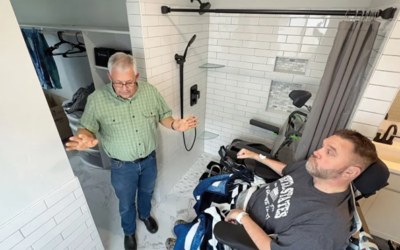
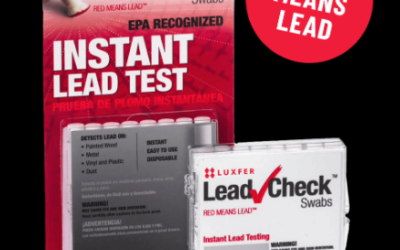
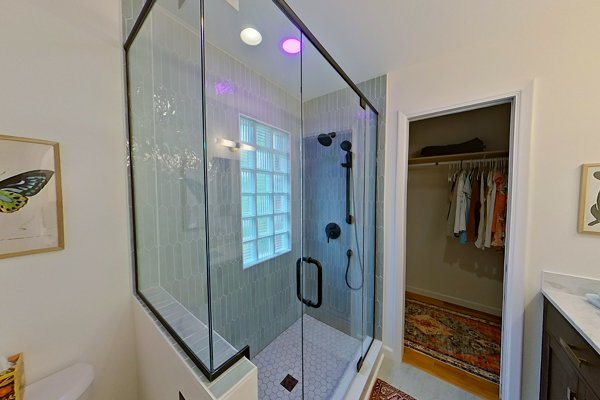
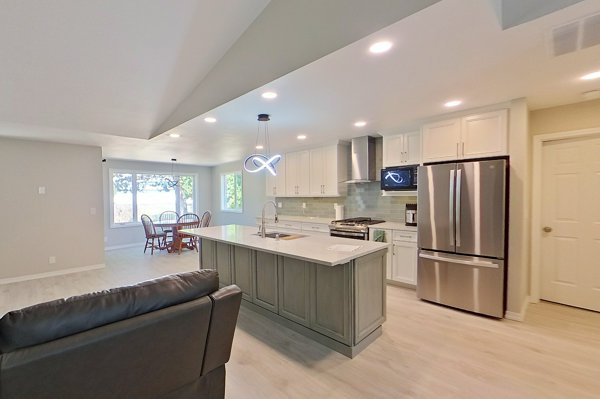
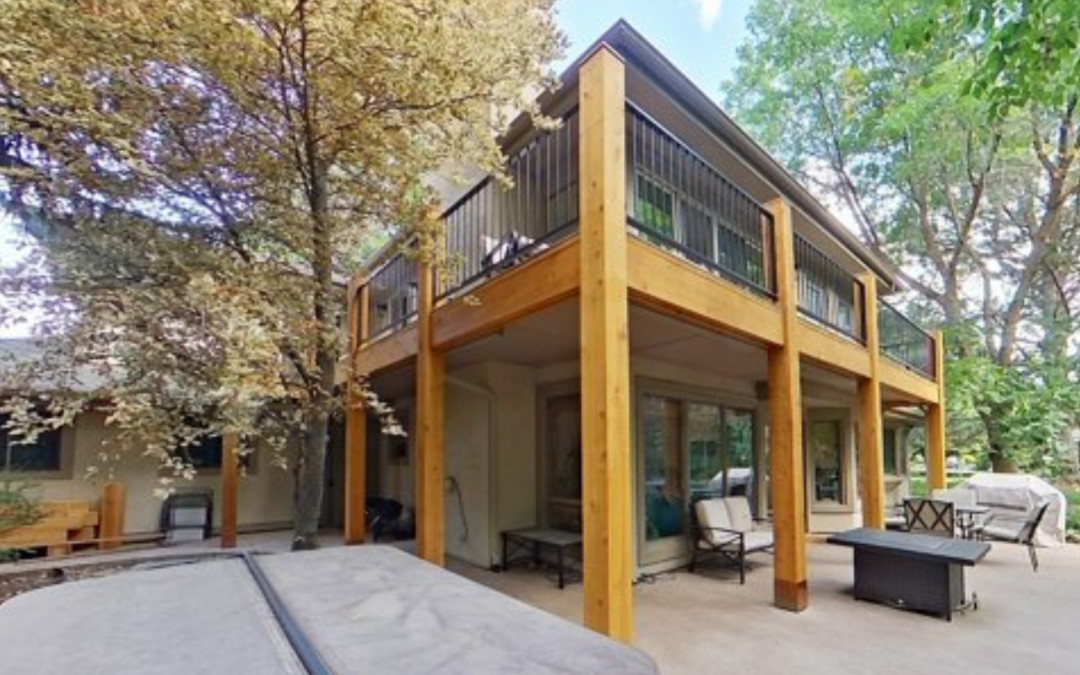
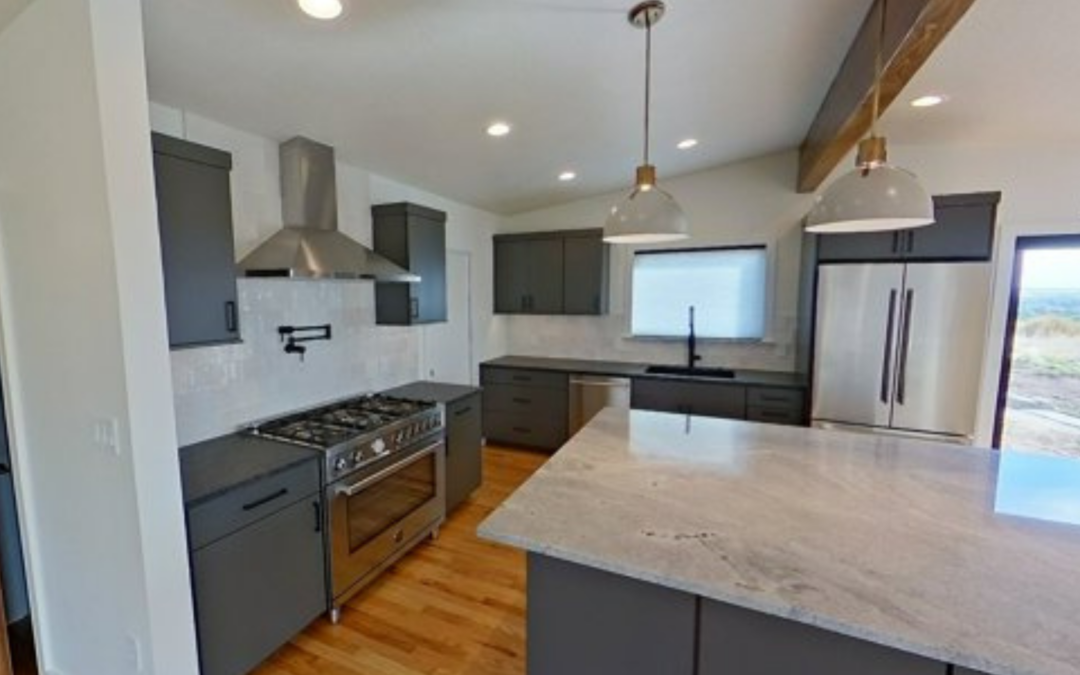
0 Comments